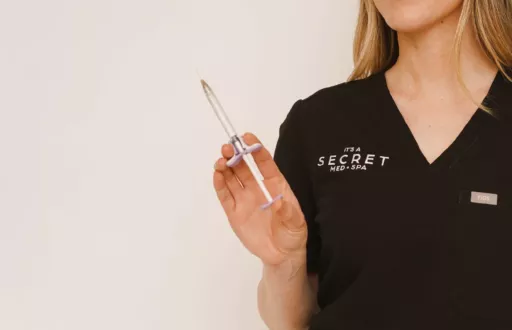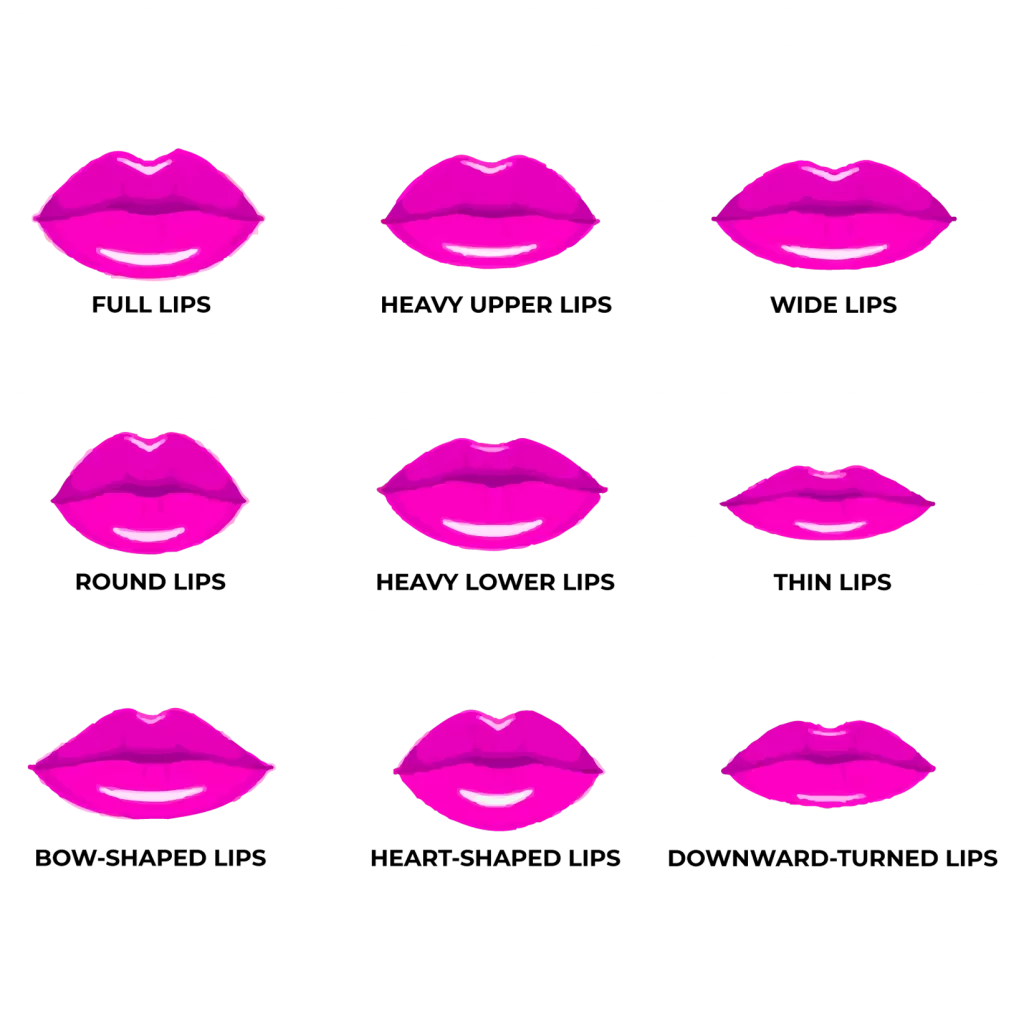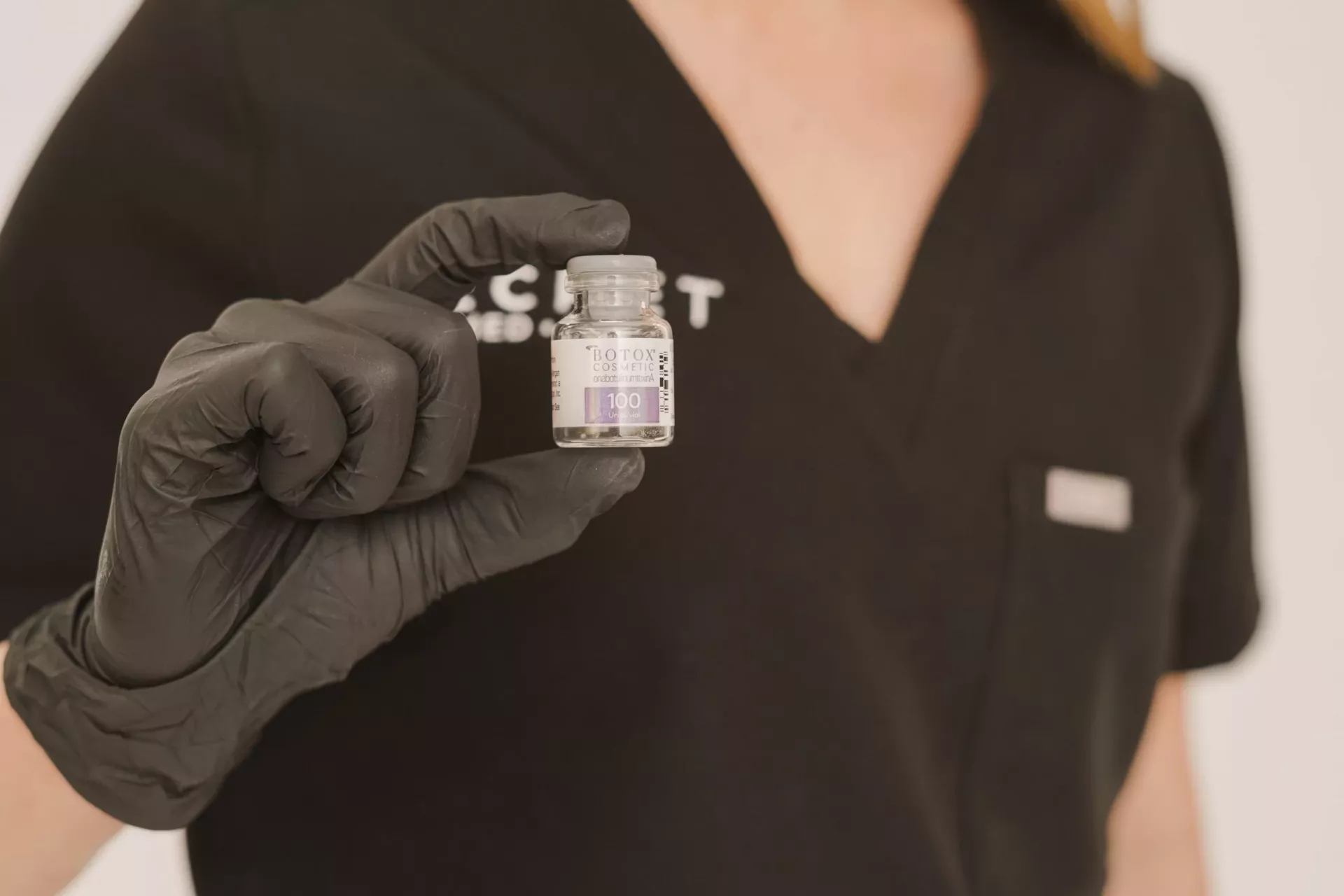Dysport 101
 The Details on Dysport
The Details on Dysport
How old were you when you learned that a tissue was not actually called a “Kleenex,” or that a “Q – Tip” is just a brand name for a generic cotton swab? Perhaps you were ahead of the curve and knew these things all along. Even if that is the case, there are a lot of people who continue to refer to these products by a brand name, regardless of the name of the company that produced them!
Similarly, “Botox” is commonly used as a broad term for an even broader class of aesthetic injectables known as neurotoxins. Both Botox and Dysport achieve the same goal, which is to decrease signs of aging by lessening the appearance of fine lines and wrinkles. However, they are still separate products and therefore have their differences. You are likely somewhat familiar with the history and processes surrounding Botox, but how much do you know about Dysport?
Why Dysport?
“If it ain’t broke, don’t fix it,” right? Not necessarily. Unlike Botox, Dysport hit the market in the 1980s, as a new way to administer Botulinum Toxin, but it wasn’t until 2009 that the FDA approved it for the treatment of forehead wrinkles. If you’ve only ever received Botox for wrinkle relaxation, you may wonder why you would even consider trying Dysport. We’ve got some benefits to share about it that may sway you to switch up your neurotoxin game a bit.
Dysport: The Benefits and Differences
Here are a couple of the ways that Dysport differs from Botox, as well as the benefits it has to offer:
- Dysport is not as concentrated as Botox, which is actually a good thing! It allows for a quicker spread of the neurotoxin into the muscle groups, making its results kick in within 3 – 5 days as opposed to 7 – 10.
- When it comes to treating larger surface areas, such as your Glabellar or “forehead” and “frown lines,” Dysport is better at covering more ground. Botox works best for smaller areas such as wrinkles around the eyes or mouth.
It’s important to note that every person’s physical makeup is unique to them, and certain neurotoxins may not work the same way for everyone. The great news is, you’ve got plenty of time to test the waters, and it’s completely safe to do so! Your nurse injector can help you decide which product is right for you. If you would like to learn more about Dysport, we invite you to schedule a consultation with us. You can book on our website, or by calling one of our spas to speak directly with one of our aesthetic sales associates.
related articles
Injectables
Shape Matters! Is Lip Filler Customizable? You bet it is! Here at It’s A Secret, [...]
Injectables
The Amazing Benefits of PRF Rejuvenation What is PRF Rejuvenation? Your body has an incredible [...]
Aesthetics,Body Sculpting,Injectables,Lasers
Meet Our Corporate Nurse Practitioner To celebrate National Nurses’ Day and Nurses’ Week, It’s A [...]
Injectables
Non-Surgical Nose Jobs The Birth of the Liquid RhinoplastyNon-Surgical Nose Jobs (NSNJs), known in the [...]
Injectables
Happy Anniversary, Botox! Botox: The Only “Toxic” Relationship You Need Even if you’ve never experienced [...]
Injectables
Kybella Vs. Sculptra: What’s the Difference? Injectables Beyond NeurotoxinsWhen it comes to injectables other than [...]





